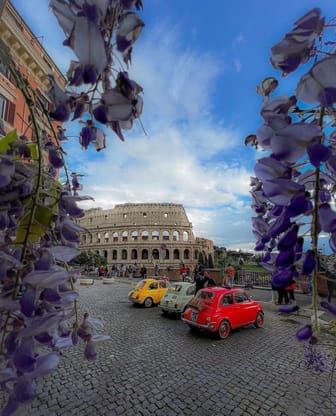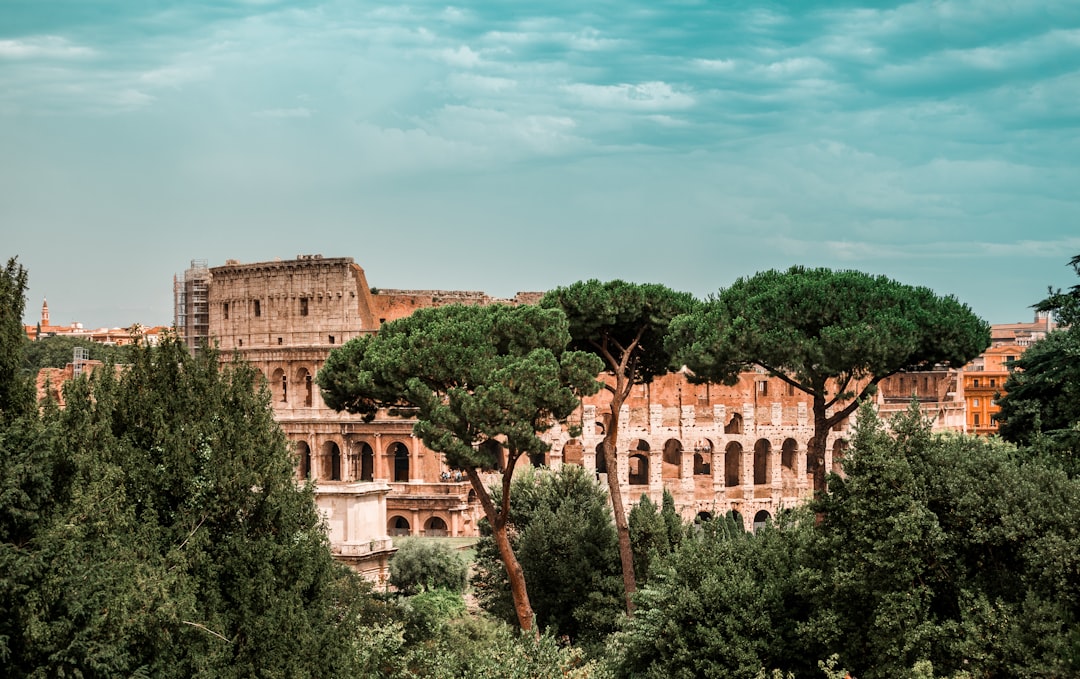Vicus Caprarius-the Water City
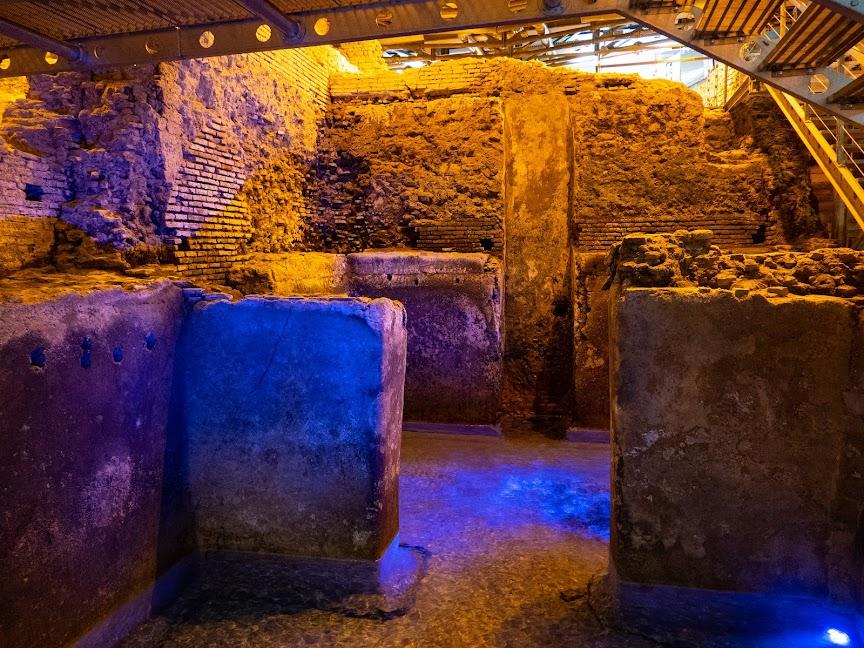
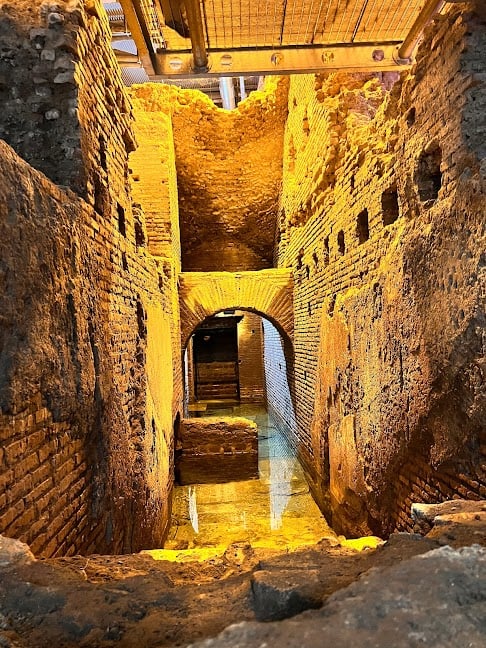
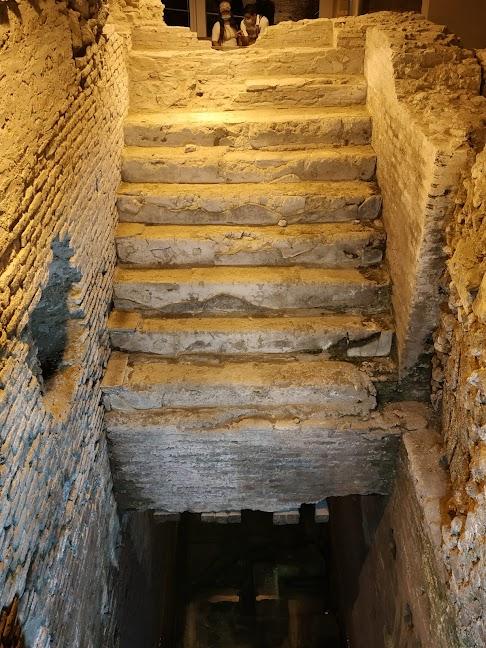


Ask ThatchGPT
Suggest a local expert to plan my trip
Suggest an unique itinerary for my Italy trip
What foods do Italy locals eat
What are some true hidden gems in Italy
Help me brainstorm trip ideas for Italy
Help me plan a family-friendly trip to Italy
What people say
Laura Dehelean
"Visiting the Trevi Fountain… from beneath
VICUS CAPRARIUS: ROME'S HIDDEN CITY OF WATER
🔹 Nestled just meters from the iconic Trevi Fountain lies Vicus Caprarius, known as the City of Water. This hidden archaeological marvel was unearthed less than two decades ago during construction for a cinema. In Rome's heart, near the famed Dolce Vita fountain, a descent below the modern street level reveals an ancient complex dating back to the imperial era, including the remnants of a large water reservoir.
🔸 Following the catastrophic fire in 64 AD, Emperor Nero's new vision for the city led to the construction of a multi-story residential building (insula) at this site. Housing numerous families, this building was a precursor to modern high-density living. In the 4th century, it transformed into a luxurious house (domus), with the ground floor repurposed for sanitary facilities. The building featured decorative walls and marble-clad stairs, with its main floor likely used for social gatherings, as evidenced by the discovery of a beautiful floor mosaic.
🔹 During the 2nd century AD, the structure's southern area was modified to accommodate a massive water tank, the Castellum Aquae. This tank was a part of the Vergine aqueduct, Rome's only still-functioning ancient aqueduct that also feeds the Trevi Fountain and others. With a 150,000 cubic meter capacity, the Castellum Aquae's two interconnected chambers were lined with a brick and lime mixture for waterproofing. Roman engineering channeled water into the tank from Vicus Caprarius and then distributed it southwards. Remarkably, water still flows within this ancient reservoir.
🔸 Adjacent to the Castellum Aquae, archaeologists discovered two houses from the 12th and 13th centuries, their walls comprising reused Roman bricks and marble, showcasing the medieval practice of repurposing older architectural elements.
The subterranean archaeological site of Vicus Caprarius, a stone's throw from the Trevi Fountain, welcomes visitors at Vicolo del Puttarello 25."
Read more in:
Pedro Pereira
Available for hire
"Vicus Caprarius - La Città dell'Acqua (the City of Water) is an archaeological area located in the Trevi district of Rome, Italy, just a short walk from the Trevi Fountain. The site was discovered in 1999 during the renovation of a cinema, and it was opened to the public in 2004.
The site consists of the remains of a Roman insula, or apartment block, that was built in the 1st century AD. The insula was destroyed by fire in the 64 AD, and it was not rebuilt until the 2nd century AD. The new insula was built on a higher level, and it included a large water tank, or castellum aquae, that was used to store water from the Aqua Virgo aqueduct.
The Vicus Caprarius archaeological area is a fascinating place to learn about the history of Rome. The site offers a glimpse into the daily lives of the people who lived in Rome during the Roman Empire, and it provides a unique perspective on the city's water supply system."
Read more in:
Dagmar Stoop
"Nine meters below the Trevi districts lies Vicus Caprarius, a maze of archaeological ruins. This museum, also known as the City of Water, features a Roman house and aqueduct and gives you a rare insight into the old Roman life. A word of advice: skip the guided tour and instead opt for the self-guided tour to explore on your own. "
Mentioned in these guides
About Vicus Caprarius-the Water City
Get the inside scoop on Vicus Caprarius-the Water City from local experts, travel creators, and tastemakers. Browse genuine trip notes, Vicus Caprarius-the Water City reviews, photos, travel guides, and itineraries from real travelers and plan your trip with confidence.
Phone
Save this spot for later or start mapping out a new trip today
Try our AI Travel Assistant and get instant answers to any questions about your trip.
Ask ThatchGPT
